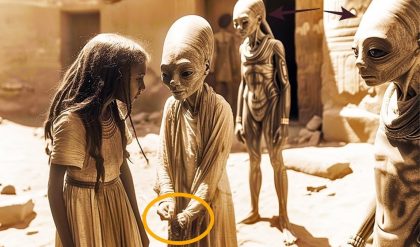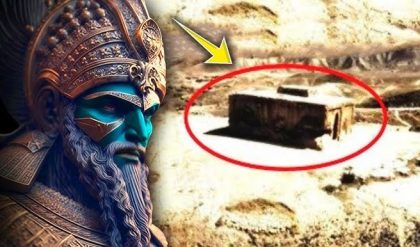The idea of a dead woman giving birth in a grave is a topic that captivates the imagination and evokes a sense of horror and wonder. This phenomenon, while seemingly supernatural, can actually be explained through scientific understanding and has been the subject of various cultural myths and folklore.
Scientific Explanation: Post-Mortem Fetal Expulsion
Post-Mortem Changes: After death, a human body undergoes several stages of decomposition. As decomposition progresses, gases build up inside the body due to the activity of bacteria breaking down tissues. This gas accumulation can lead to increased pressure within the abdominal cavity.

Fetal Expulsion: In rare cases, the pressure from these gases can force the uterus to expel its contents, including a fetus, through the birth canal. This phenomenon is known as “post-mortem fetal expulsion” or more colloquially, “coffin birth.” While it is an extremely rare occurrence, it has been documented in forensic pathology.
Historical and Cultural Context
Folklore and Myths: The concept of a dead woman giving birth has been a part of various cultural myths and legends. In many cultures, such stories are imbued with mystical or supernatural significance, often reflecting deeper beliefs about life, death, and the afterlife.
Literary and Artistic Depictions: This phenomenon has also inspired numerous works of literature, art, and film. These depictions often explore themes of resurrection, the boundary between life and death, and the mysterious processes of nature.
Modern-Day Understanding
Medical Documentation: While rare, instances of post-mortem fetal expulsion have been documented in medical literature. These cases are studied to understand the biological processes involved and to provide accurate information to forensic investigators.
Public Perception: Stories of such occurrences can evoke strong emotional reactions and fuel speculation. It is important to approach these stories with a balanced perspective, recognizing the scientific explanations while also acknowledging the cultural and emotional impact they have.
Ethical and Sensational Aspects
Respect and Sensitivity: When discussing cases of post-mortem fetal expulsion, it is crucial to approach the topic with respect and sensitivity, especially considering the grieving families involved. Sensationalizing such events can be distressing for those affected.
Educational Value: These rare cases can serve an educational purpose, helping to demystify the processes of decomposition and fetal development. They provide valuable insights for medical professionals, forensic scientists, and students of pathology.
Conclusion
The story of a dead woman giving birth in a grave is a fascinating and complex topic that blends science, mythology, and cultural beliefs. While it may seem like something out of a horror story, the phenomenon of post-mortem fetal expulsion has a scientific basis rooted in the natural processes that occur after death. Understanding this phenomenon through a scientific lens helps to demystify it and provides a respectful way to discuss and study these rare and extraordinary cases.





